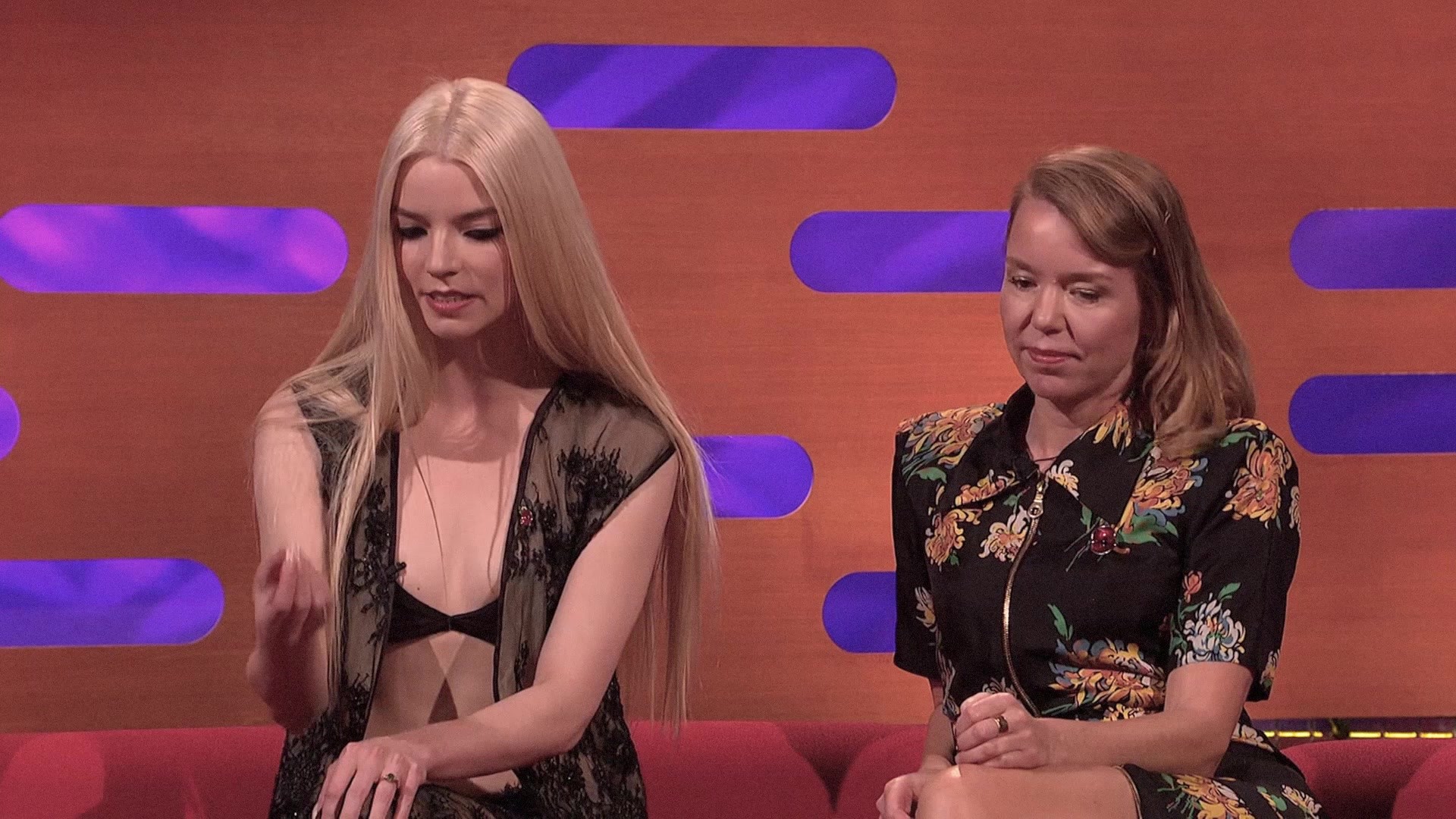Media > Insights & Media Strategy
AFTER-DINNER DINNER
FP7 McCANN, Dubai / MCDONALD'S / 2024
Awards:

Overview
Credits
OVERVIEW
Why is this work relevant for Media?
The After-Dinner Dinner campaign for McDonald's relied on a simple, yet profound insight: customers at fine dining restaurants pay a lot of money for meals that are often very small in size. This results in them going to their nearest McDonald's on their way home. By geolocating customers in the vicinity of fine dining restaurants, push notifications directed them to their closest McD's for a complimentary meal. And by using flyers placed on cars and OOH messaging in the vicinity of fancy restaurants, customers were accurately targeted in the ideal environments, for maximum engagement.
Please provide any cultural context that would help the Jury understand any cultural, national or regional nuances applicable to this work.
Dubai is a foodie’s dream, a city filled with Michelin-starred restaurants and top-tier chefs. So it’s little surprise that fine dining is an extremely popular pastime. But regardless of whether you’re ordering duck confit or salmon maki, one issue is bound to come up at the dinner table – portion size. Or, more specifically, the lack thereof. Because when it comes to fine dining, it often seems that the more expensive the meal is, the less of it you get. And then to add insult to injury, you have to grin and bear your small serving in the hopes of not appearing “cheap” or “greedy” in front of your fellow diners. It’s a sensitive topic that’s recently done the rounds on social media, with many users stating that they still feel hungry after leaving an upmarket restaurant. So hungry, that they head to the nearest fast-food joint on their way home. And more often than not, that fast-food joint is a McDonald’s.
Background
In response to the growing trend of upscale dining experiences leaving consumers with empty wallets and empty stomachs, McDonald’s launched “After Dinner Dinner”. The brief was clear: strengthen the bond between McDonald’s and its consumers, positioning McDonald’s as the solution to post-fine dining hunger.
The objectives were: increase footfall and boost sales while fostering brand loyalty. Leveraging social media, in app ads, and instore digital screens, the campaign resonated with consumers across various regions. By offering a free meal in exchange for a fancy dinner receipt, we sparked engagement and conversation online. The results were an increase in footfall and an uptick in sales, stronger brand relationships and business growth. The media insight was that people complain about fancy meals on social media, while they are still at the restaurant, allowing us to use clever media choices to target our messaging within the vicinity of their dining location.
Describe the creative idea/insights
The campaign strategically harnessed data, enhancing its effectiveness and impact. Data gathering involved analyzing dining habits and consumer preferences, pinpointing the target demographic of 25-45 year old fine diners. The insight was built through data collection from consumer feedback on social media. This insight informed precise targeting using geotargeting, ensuring maximum engagement during peak dining hours. Data from social media interactions on PR coverage provided real-time feedback, for agile adjustments to messaging and tactics. We learnt that our peak time was Saturday’s from 8 PM till midnight. Integration of data across platforms facilitated personalized McDonald’s app push notifications and tailored in-store branding, optimizing relevance and resonance. The campaign success metrics including a 35% footfall increase and 24% sales boost, underscored the tangible impact of data driven decision-making. Ultimately, the seamless integration of data throughout the campaign enhanced its output, solidifying McDonald’s as the go-to choice for a truly satisfying meal.
Describe the strategy
Our strategy focused on precisely targeting the desired demographic: males and females aged 25 to 45 who frequent fancy restaurants at least once a month. Our media plan was simple: by leveraging geotargeting and OOH, the campaign reached these consumers during their upscale dining experience, between the hours of 8 PM and midnight. By strategically timing communication and offers to coincide with their dining outings, we maximized the likelihood of engagement and conversion. This approach ensured that the campaign message resonated with the target audience when they were most likely to seek a satisfying meal after their upscale dining experience.
As a result, we effectively captured the consumers’ attention, driving significant increases in footfall, sales, and consumer awareness across the UAE, Dominican Republic, and the rest of the world. Also, it added to McDonald’s equity by making feel-good moments accessible and affordable for everyone.
Describe the execution
The campaign launched on February 29th, 2024 with a teaser-phase on social media in Dubai, on local radio stations and via PR articles. Next, it rolled out in select stores in Dubai and Abu Dhabi, with in-store and in-app messaging promoting the campaign. This was supported by geolocation services to target people near fine dining restaurants in Dubai, and serve them push notifications urging them to go to their nearest McDonald’s on their way home, for a filling meal. The insight proved so universal that customers on social media asked for it to roll out in their countries. And so it launched in select stores in the Dominican Republic, where flyers were placed on cars outside fancy restaurants, and OOH messaging was placed around them. Now McDonald’s has expanded it to all stores in Dubai and Abu Dhabi and is in the process of launching it in more countries.
List the results
The “After Dinner Dinner” campaign yielded remarkable results across the UAE and the Dominican Republic, demonstrating its efficacy in addressing the post-fine dining hunger gap. Both regions experienced substantial increases in footfall, with a notable 35% surge particularly evident during weekends between 9 pm and 3 am. Those who came in brought their friends with them which increased the sales by 24%, underscoring the campaign’s tangible impact on consumer behavior. Leveraging social media and word of mouth, the campaign organically expanded its reach, accumulating an impressive 100 million impressions across both markets. Importantly consumer awareness soared as the campaign progressed, with the insightful solution becoming a habitual choice for diners. The success of the campaign not only boosted sales and foot traffic, but also solidified McDonald’s as the go-to destination after upscale dining experiences, affirming its relevance in satisfying post-fine dining cravings and fostering consumer loyalty.
Describe the use of data, or how the data enhanced the work
The campaign strategically harnessed data, enhancing its effectiveness and impact. Data gathering involved analyzing dining habits and consumer preferences, pinpointing the target demographic of 25-45 year old fine diners. The insight was built through data collection from consumer feedback on social media. This insight informed precise targeting using geotargeting, ensuring maximum engagement during peak dining hours. Data from social media interactions on PR coverage provided real-time feedback, for agile adjustments to messaging and tactics. We learnt that our peak time was Saturday’s from 8 PM till midnight. Integration of data across platforms facilitated personalized McDonald’s app push notifications and tailored in-store branding, optimizing relevance and resonance. The campaign success metrics including a 35% footfall increase and 24% sales boost, underscored the tangible impact of data driven decision-making. Ultimately, the seamless integration of data throughout the campaign enhanced its output, solidifying McDonald’s as the go-to choice for a truly satisfying meal.
More Entries from Audience Insights in Media
24 items
More Entries from FP7 McCANN
24 items



